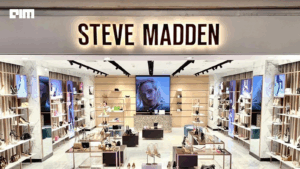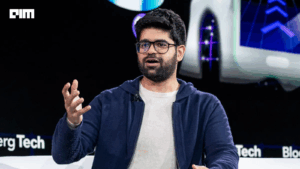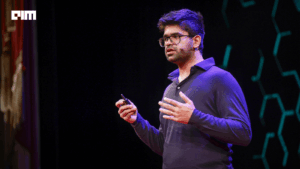Koah has raised $5 million in seed funding to integrate advertising into conversational applications. The company was founded by Nic Baird, Herrick Fang, and Mike Choi, who collectively aim to provide a native advertising solution for AI-driven apps. The company’s founders describe the move as essential for sustaining these products beyond early adopters.
“Once these things get outside San Francisco, there’s only one way to make [them profitable] on a global scale,” co-founder and CEO Nic Baird said. “It’s happened time and time again.”
Rather than targeting flagship platforms like ChatGPT, Koah focuses on the “long tail” of applications built on top of large model tools, including chat assistants, research services, and productivity apps. Many of these products are gaining traction in regions where subscription pricing is not widely adopted.
Moving beyond subscriptions
In the early wave of consumer AI applications, monetization relied primarily on premium subscriptions. Baird noted that this model functioned for wealthier “prosumer” audiences but becomes less effective when services reach broader markets.
He highlighted Latin America as an example, where an application can attract millions of users, yet most are unwilling to pay $20 per month. “They have the same inference costs as everyone else,” Baird said, “but no path to recover them through subscriptions.”
Koah’s model inserts sponsored content into the chat flow, allowing developers to cover operational costs without charging end users directly.
Ads already in use
Koah has implemented its platform across applications including Luzia, Heal, Liner, and DeepAI. Advertisers using the service include UpWork, General Medicine, and Skillshare.
The ads are integrated at specific points in a conversation and clearly marked as sponsored. For instance, a user requesting business advice might see an UpWork prompt for hiring freelancers, while a student researching online might receive suggestions from educational platforms like Skillshare.
Koah reports a 7.5 percent clickthrough rate, with some partners earning $10,000 within the first month. These figures indicate a tangible revenue stream for developers operating at scale in cost-sensitive regions.
The company’s approach delivers relevance and timing, rather than simply placing ads in the interface. According to Baird, this enables developers to maintain user engagement while effectively monetizing.
Industry skepticism and competitors
Despite early results, Koah faces challenges in demonstrating that advertising is effective within chat applications. Many publishers initially dismissed the concept, citing unsatisfactory outcomes with networks such as AdMob and AppLovin.
These platforms were optimized for mobile banners or interstitials and were not designed to align with conversational intent. Baird emphasized that Koah’s system differs by embedding ads in the context of dialogue. “It’s not interesting to me to try to figure out, ‘How do we show a display ad in AI?’” he said. “What is the user looking for and how do we give that to them?”
Koah reports that its placements are four to five times more effective than legacy tools. By tailoring ads to the flow of conversation, the company avoids the perception of irrelevant or intrusive content that has hindered previous attempts.
Position in the advertising funnel
Koah frames conversational applications as occupying a distinct point in the purchase journey. Unlike social media ads, which primarily raise awareness, or search ads, which directly target transactions, chat interactions typically occur while user intent is forming.
“People are not transacting on AI — they’re just not,” Baird said. “They might ask for recommendations or product details, but they’re going to Google to buy.”
For advertisers, this placement provides an opportunity to reach users at a stage when decisions are being shaped. For developers, it offers a method to generate revenue without disrupting the overall experience or introducing intrusive ad formats.
Global Potential
Although much of the discussion around conversational tools centers on the United States, Koah operates in regions where subscription models are less feasible. By embedding relevant ads, the company reports that large user bases are generating revenue without the need for paywalls.
Developers using Koah’s platform have recorded measurable earnings. Advertisers gain access to audiences actively seeking information, while users encounter promotions integrated at points relevant to their queries.
Baird noted that the approach could also support a broader range of applications, including smaller, experimental projects. He referenced “vibe coding”, a trend described by Vercel, where developers create lightweight or playful tools rapidly without large infrastructure investments. These projects often gain attention quickly but face sustainability challenges due to operational costs. By providing a monetization layer through relevant advertising, Koah enables developers to maintain these applications while keeping them accessible.










